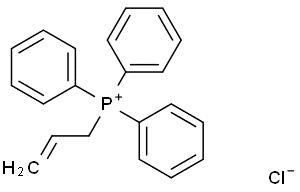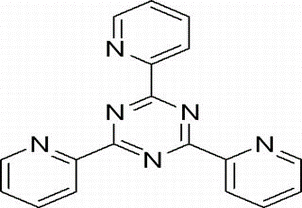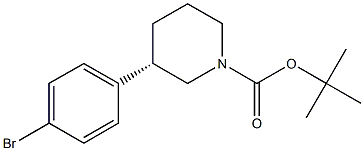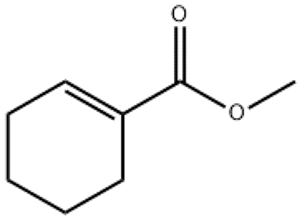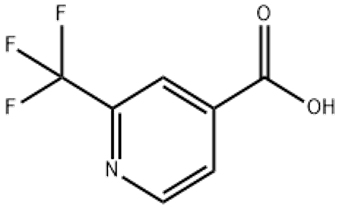Allyltriphenylphosphonium chloride(CAS# 18480-23-4)
Risk and Safety
| Hazard Symbols | Xi – Irritant |
| Risk Codes | 36/37/38 – Irritating to eyes, respiratory system and skin. |
| Safety Description | S26 – In case of contact with eyes, rinse immediately with plenty of water and seek medical advice. S36 – Wear suitable protective clothing. S37/39 – Wear suitable gloves and eye/face protection |
| WGK Germany | 3 |
| FLUKA BRAND F CODES | 3-10 |
| HS Code | 29310099 |
Allyltriphenylphosphonium chloride(CAS# 18480-23-4) introduction
Allyl triphenylphosphine chloride (TPPCl) is an organic compound. It has the following properties:
1. Appearance: A colorless crystalline solid.
4. Solubility: TPPCl is soluble in common organic solvents, such as ethanol, acetone, dimethylformamide, etc.
Allyl triphenylphosphine chloride is mainly used for catalytic reactions in organic synthesis. It is used as a reagent in catalyzing allyl reactions to introduce allyl groups in organic synthesis. TPPCl can also be used as an allyl reagent for alkynes and thioesters.
There are several main methods for preparing allyl triphenylphosphine chloride:
1. Allyl triphenylphosphine chloride is obtained by reacting with allyl bromide in the presence of sodium carbonate or lithium carbonate hydroxide in an organic solvent.
2. Ferrous phosphate is used to catalyze deoxychlorination, and triphenylphosphine is reacted with hydrogen chloride to form allyl triphenylphosphine chloride.
1. Allyl triphenylphosphine chloride is irritating and should be avoided in contact with skin and eyes.
2. Wear protective gloves and goggles during operation.
3. Avoid inhaling its vapours or mist and operate in a well-ventilated area.
4. Keep away from fire and oxidants when storing.
5. When using and storing, please follow the safe operating procedures of the relevant chemicals.


